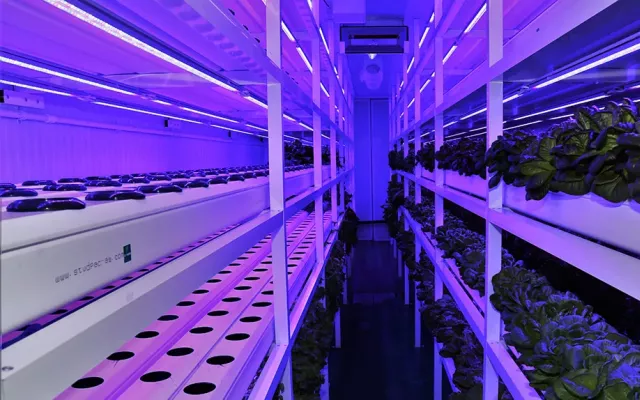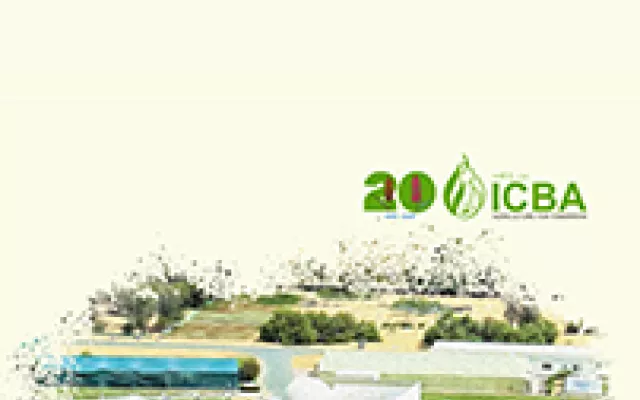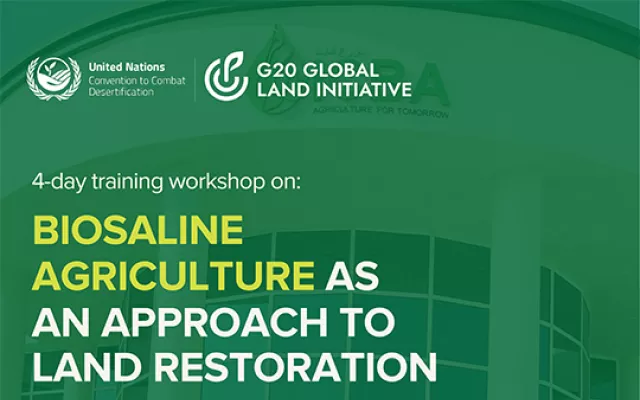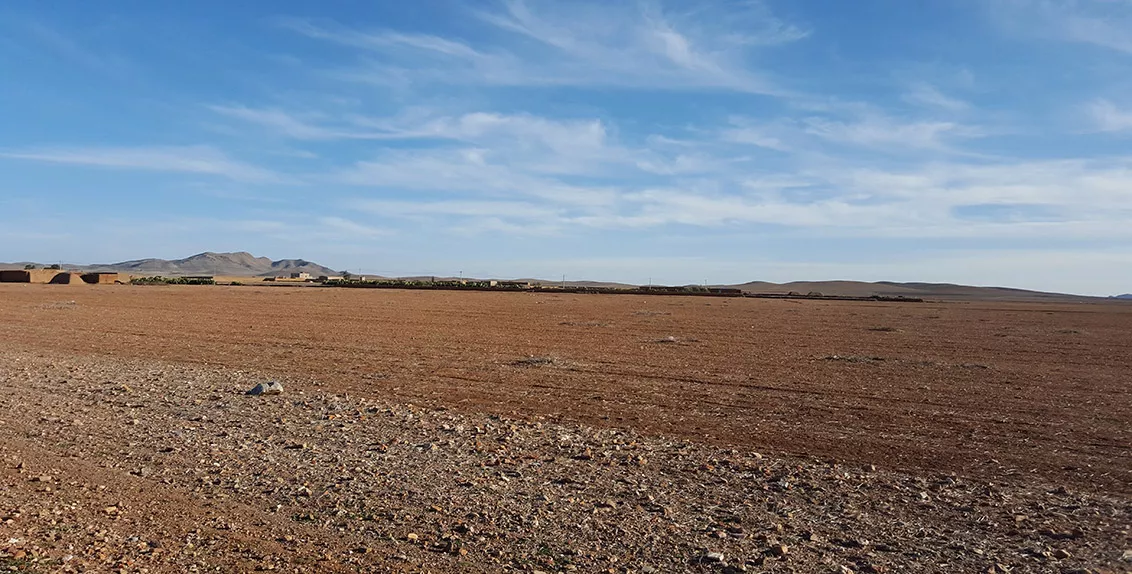Supporting drought action in Middle East, North Africa through better data
Agriculture is the main source of livelihood for hundreds of millions of people in the developing world. By one estimate, the sector employs more than 28 percent of the global population. This number is much higher in regions like the Middle East and North Africa (MENA) where rural communities depend on farming for their food and income.
Unfortunately, climate change poses grave risks to agriculture and water security in the region as it increases extreme weather events like drought. The livelihoods of millions of smallholder farmers are at stake.
Already being the most water-scare region in the world, the MENA is experiencing more and more frequent dry spells due to climate change. It is cause for serious concern as most of the region depends on rainfall for food production. In the past decades, several countries have witnessed recurrent droughts resulting in significant economic losses. Much of the damage could have been averted if there had been adequate and timely mitigation measures in place.
Lack of accurate data for drought monitoring and preparedness makes things more difficult. As a result, decision-making and action is often delayed and is not appropriately targeted.
This is the reason behind efforts by the International Center for Biosaline Agriculture (ICBA) to help countries in the region establish an operational drought monitoring system.
As part of the project called the Middle East North Africa - Regional Drought Management System (RDMS) funded by the United States Agency for International Development (USAID), ICBA has assisted government institutions in Morocco, Tunisia, Lebanon and Jordan in operationalizing their drought monitoring systems.
Between 2015 and 2019, ICBA built the capacities of local experts and decision-makers in producing and analyzing data on soil moisture, vegetation health and rainfall for drought monitoring. Under the RDMS, ICBA also generated Composite Drought Index (CDI) maps and derived products.
The four countries included these CDI maps and derived products in their drought management processes. ICBA also helped to set up drought management units.
The data from the CDI maps and derived products is now generated on a monthly basis using satellite services and surface modeling capabilities to monitor the vegetation conditions and rainfall across the MENA.
ICBA is also working with the Food and Agriculture Organization of the United Nations (FAO) to make the RDMS available to other countries that did not participate in the project and disseminate five RDMS products such as normalized difference vegetation index (NDVI), CDI, rainfall, soil moisture, and evapotranspiration through FAO Regional Knowledge Platform and ICBA’s own portals (here and here).
These maps and datasets can be used by relevant ministries in the region for water and crop management, and scientists and students for research purposes.
According to Mr. Rashyd Zaaboul, a climate modeling scientist at ICBA: “Drought is one of the most devastating climate-related risks in the MENA region. Almost all countries rely on rainfall in their cropping systems. Countries in the MENA are among the most vulnerable to drought, and climate change is exacerbating this situation with a predicted increase in the frequency, intensity and duration of drought episodes in the future. Having such tools and data is a must for decision-makers in the MENA region to proactively manage the negative effects of drought.”
The RDMS is a result of ICBA’s collaboration with USAID, the National Drought Mitigation Center and the Center for Advanced Land Management Information Technologies (CALMIT) of the University of Nebraska-Lincoln, the Daugherty Water for Food Global Institute and FAO.
ICBA intends to continue to improve the system and make it more accessible to all partners in the region and beyond.










